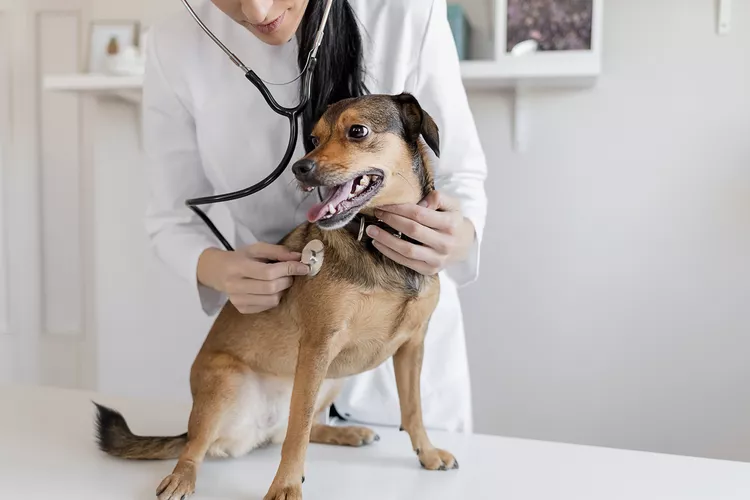
Vaginitis in dogs is the inflammation of the vagina that typically causes redness, swelling, itching or pain, and vaginal discharge. Vaginitis can occur in any female dog, spayed or not, and it usually requires veterinary treatment. Because vaginitis can be a symptom of external irritating factors or underlying problems, delaying a visit to the vet can make matters worse. Discover the symptoms and causes of vaginitis in dogs and know when to call your veterinarian to seek treatment.
Vaginitis in dogs is a complex condition that causes inflammation of a dog's vaginal tissues. There are technically two types of vaginitis in dogs:
Vaginitis can be triggered by several different conditions, external and internal, but the irritating symptoms always indicate a problem that requires investigation.
Dogs with vaginitis may experience several symptoms, the most common of which include:
An inflamed vaginal area is a key indicator that a dog has vaginitis. Vaginal redness or swelling can be more difficult to notice in a furry dog, so you may need to take a closer look if you suspect problems in that area.
A dog with vaginitis will often lick the surrounding area obsessively or drag her rear end across the floor in an attempt to soothe the itching and burning discomfort. She may also feel the need to urinate more often.
Pus or mucus may leak from the dog's vagina—on her fur, the floor, bedding, or furniture where she lays. This discharge may be blood-tinged. If a spayed dog, or an intact dog that is not in heat, experiences vaginal discharge, a veterinary visit is necessary to determine the cause.
While some of these signs can be easily confused with heat cycles in intact dogs, attentive owners will soon recognize the behavioral differences between heat and vaginal problems. When in doubt, it's best to contact your veterinarian.
Many things can cause vaginitis in dogs, but they all create conditions in which vaginal irritation persists and becomes problematic. Some of these include:
If you suspect that your dog has vaginitis, your veterinarian will perform a physical examination, which may include looking inside the vagina with a scope. Next, they may collect a urine sample for a urinalysis. Your vet may also take a sample of the discharge inside the vagina using a cotton swab. Cells from this swab will be smeared on a slide for examination under a microscope to look for signs of infection, inflammation, and other abnormalities. Based on the cytological results, bacterial culture lab tests and other diagnostics may be necessary to pin down the definitive cause.
Treatment of vaginitis in dogs depends on the severity and underlying cause. Your veterinarian may recommend one or more of the following:
Regardless of the cause, most dogs with vaginitis will need to wear a cone to prevent licking of the vulva during treatment, which can delay recovery.
Most cases of vaginitis are not serious and will resolve with medication as long as the cause of the condition is addressed. The prognosis for a dog with vaginitis caused by a tumor is dependent on the size of the tumor, whether it is cancerous, and if it can be surgically removed without complication.
The best way to prevent your dog from developing vaginitis is to ensure her vaginal opening is always clean. Dogs with short fur don't usually need a lot of help with this. However, if your dog has long fur, is overweight, or has an anatomical malformation of the rectal or vaginal areas, help may be warranted. If necessary, keep fur trimmed and use a baby wipe after your dog pees or poops to remove urine and fecal debris from the vaginal opening.
It's also important to visit your veterinarian for routine wellness checkups, typically once or twice per year. Your vet may detect minor signs of vaginitis before your dog even shows signs. And, as always, be sure to contact your vet at the first sign of illness in your dog.

What to Do if Your Cat Is Snoring
Cat snoring can happen for several reasons. Find out if your cat's snoring is normal or caused by a medical issue. Know when to call the vet about your cat snoring.
Turkish Angora: Cat Breed Profile, Characteristics & Care
The elegant and silky Turkish Angora cat is a playful, affectionate, and sometimes mischievous pet. Learn about the Turkish Angora breed.
Toyger: Cat Breed Profile, Characteristics & Care
The toyger (toy tiger) cat is a beautiful, rare breed with an easygoing demeanor. These cats are hard to come by but make excellent pets.
Donskoy: Cat Breed Profile, Characteristics & Care
Donsky cat, or Don Sphynx, is a hairless cat that's known for being affectionate, social, and remarkably intelligent. Learn more about the Donsky cat breed.
Japanese Bobtail: Cat Breed Profile, Characteristics & Care
The Japanese bobtail is recognized for its bunny-like tail and is loved for its friendly, playful personality. Learn about the Japanese bobtail breed.
How to Stop Cat Aggression After a Vet Visit
Cats are usually out of sorts and ornery after a trip to the veterinarian. Learn how to stop cat aggression by planning ahead with these tips.
Why Do Cats Like High Places?
Does your cat like to hang out on top of tall furniture? Here's why cats like high places.
Rectal Prolapse in Dogs
Rectal prolapse in a dog can be an alarming thing to see. Find out why this happens, how to prevent it, and how to heal dog prolapse at home.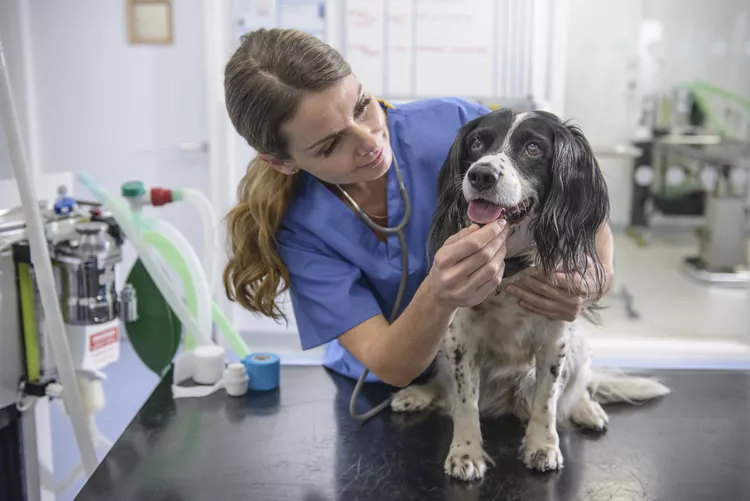
Is Acetaminophen Safe for Dogs?
Acetaminophen is used by humans for pain and fever relief, but is it safe for dogs? Here's what you need to know before giving your dog acetaminophen.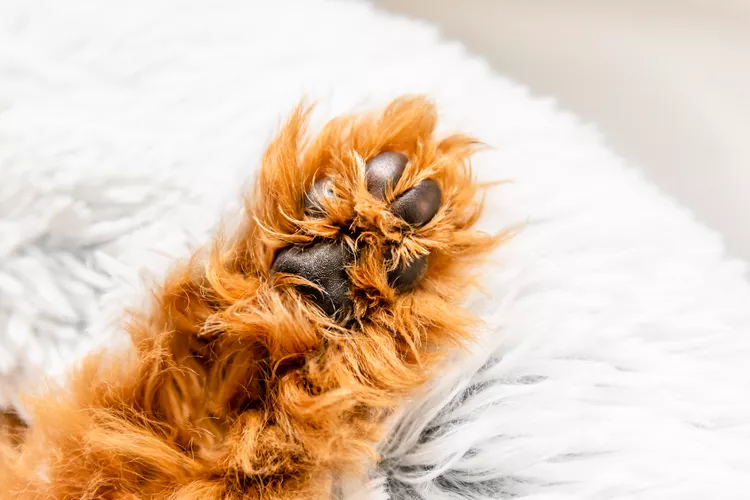
Dog Broken Toe: Signs and Treatment
Dogs can break their toes for several reasons. Find out how to tell if your dog has a broken toe. Learn what you need to do and what restrictions your dog may have to let a broken toe heal.
Tetanus in Dogs
Tetanus is an infection caused by bacteria found in soil. It can cause severe symptoms in dogs and even lead to death if not treated promptly.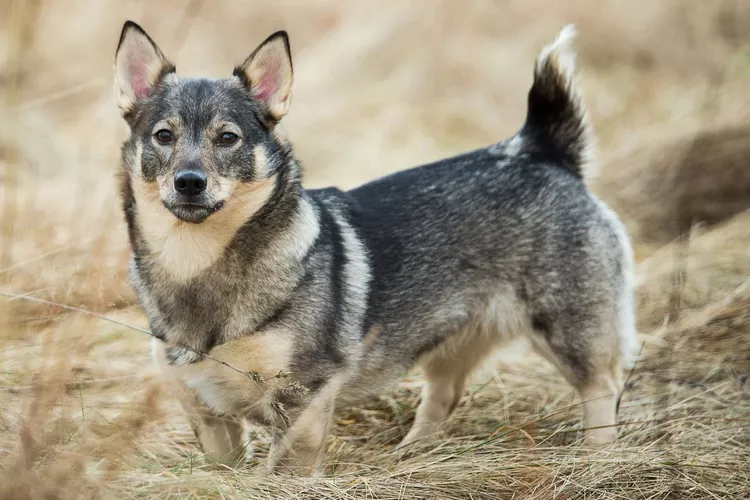
Swedish Vallhund: Dog Breed Characteristics & Care
The Swedish vallhund makes for a high-energy and affectionate companion. Learn about the breed's history, health, exercise needs, and more.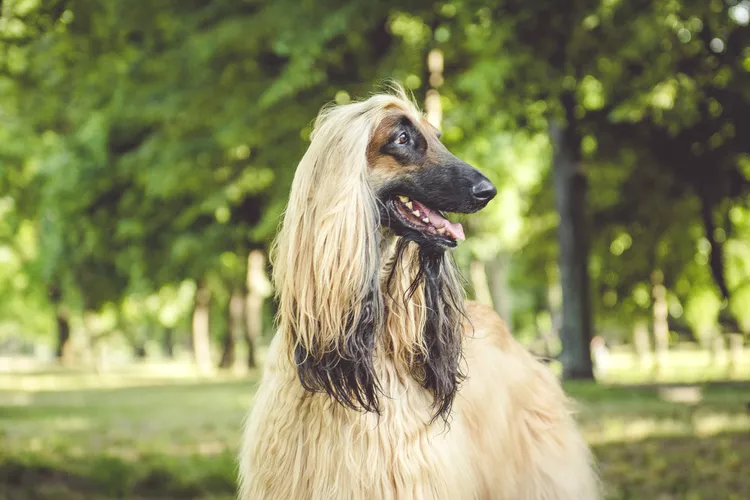
Afghan Hound: Dog Breed Characteristics & Care
The Afghan hound is a majestic dog breed, known for its luxurious long coat and sweet personality. Learn about cost, care, and training needs.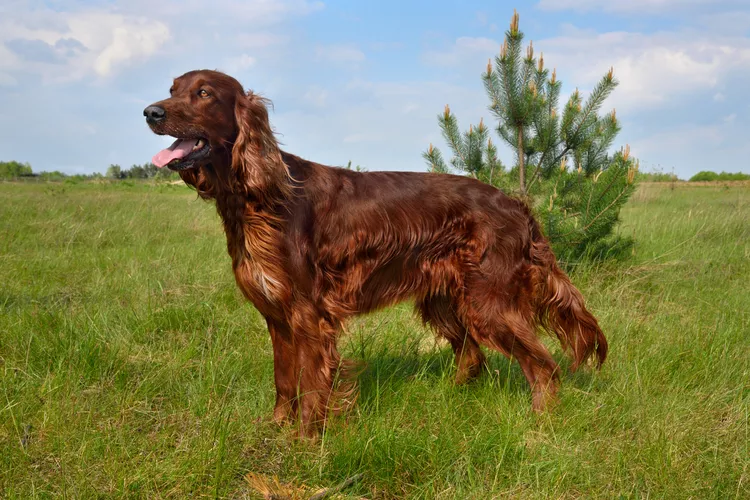
Irish Setter (Red Setter): Dog Breed Characteristics & Care
The Irish setter, also known as the red setter, stands out from the crowd with their striking red coat and athletic nature. Learn about this gentle and affectionate dog breed.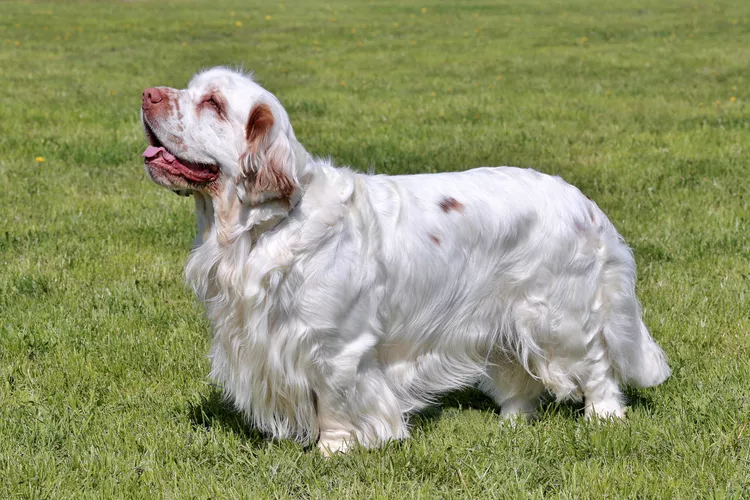
Clumber Spaniel: Dog Breed Characteristics & Care
The Clumber spaniel is a friendly, calm dog and a great family pet who gets along with kids. Just beware of this rare breed's shedding and drool.
Reasons Why Dogs Grind Their Teeth
Some dogs grind their teeth. Learn why dogs grind their teeth and if it can be harmful. Find out what to do about teeth grinding in dogs.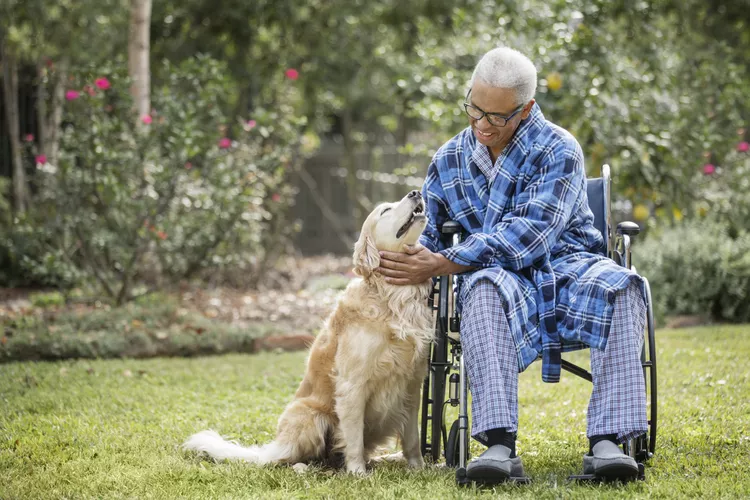
Therapy Dog Certification: A Complete Guide in 6 Steps
Could your dog be trained to serve as a therapy dog? Here's how you and your dog can become an official animal-assisted therapy team.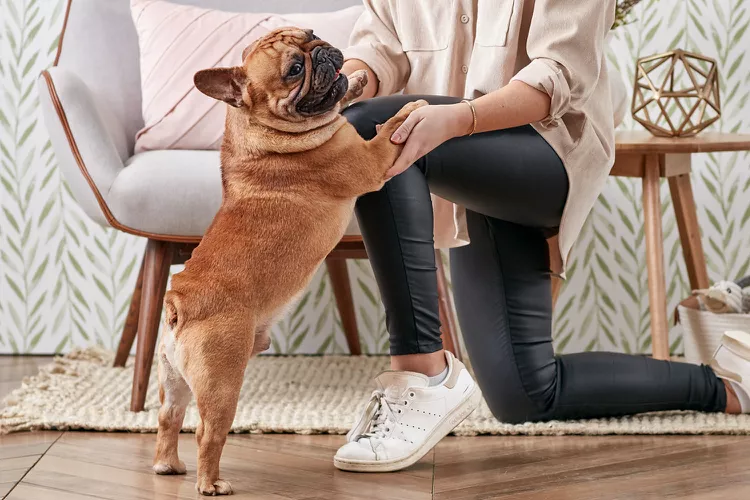
Here’s How to Stop Your Dog from Jumping on You When Excited
Although it can be cute the first few times your dog jumps on you, it can quickly turn into a bad habit, especially if your pooch starts jumping on strangers. Here’s how to stop your dog from jumping on you when excited.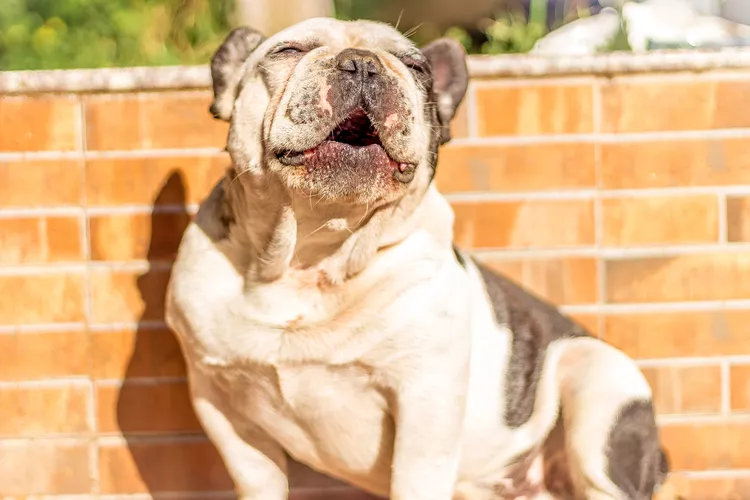
Why Do Dogs Howl at Sirens?
Howling at sirens is something that dogs are well known for, but why do some dogs do it while others seem unbothered?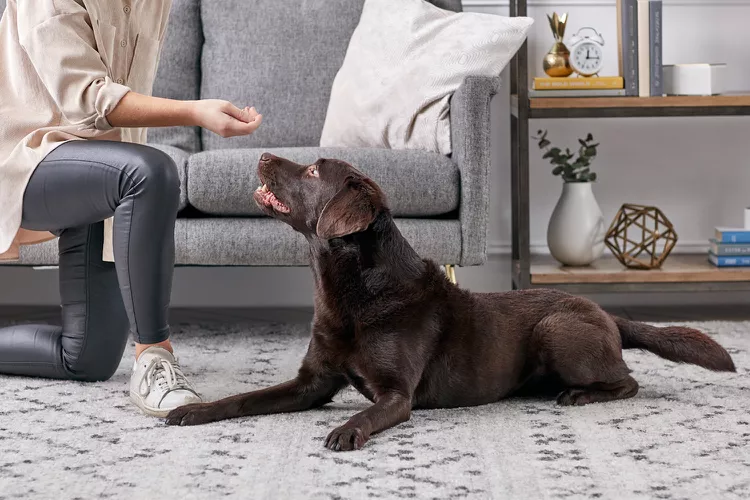
How to Train a Labrador Retriever
Proper training is an essential part of owning a Labrador retriever. These smart dogs can be trained to be service dogs, hunters, and excellent companions.